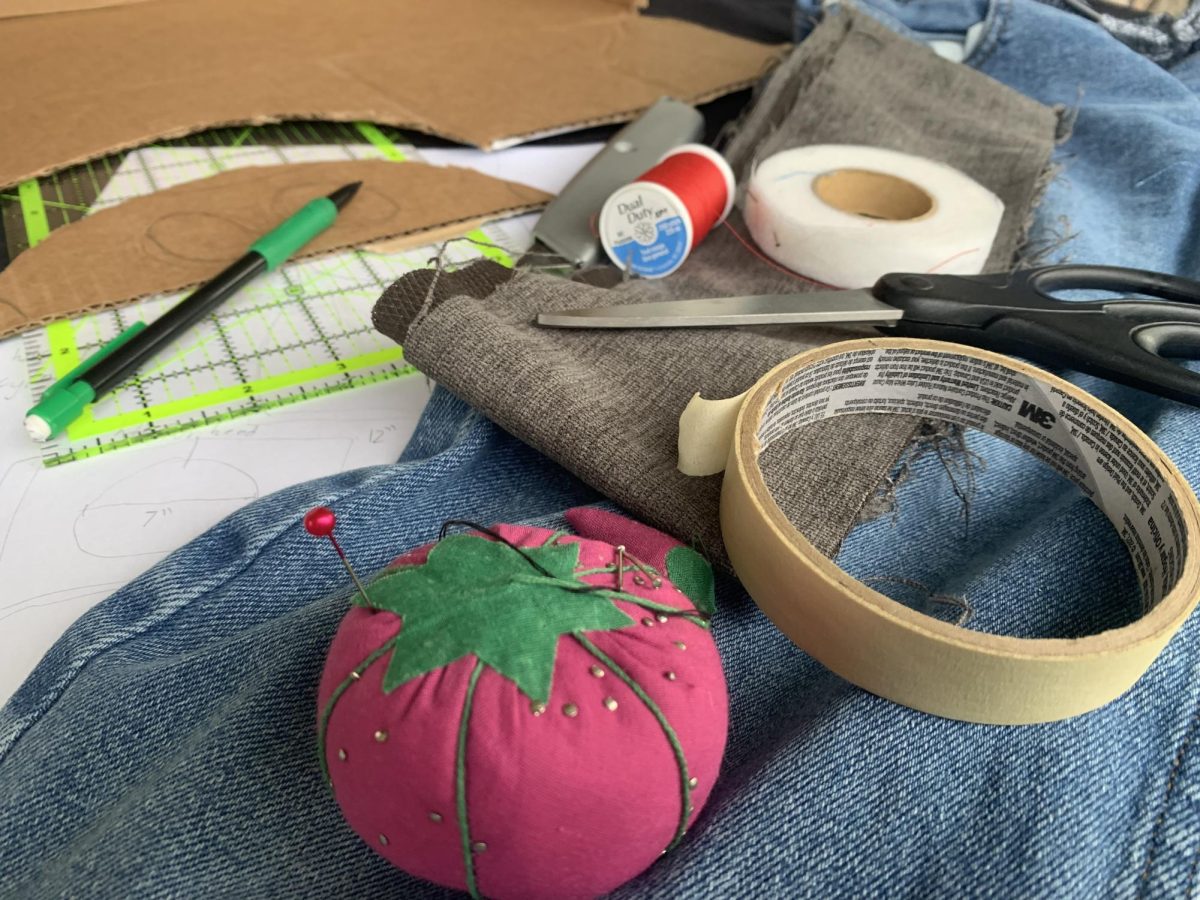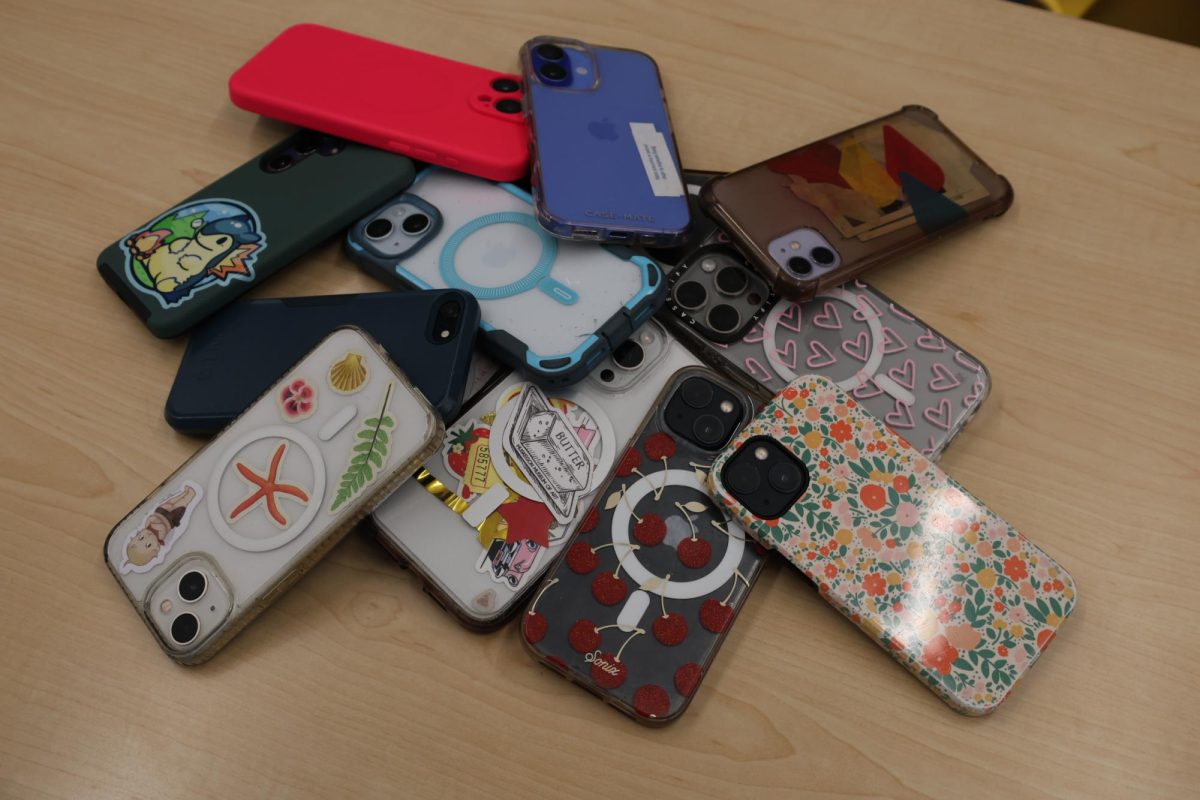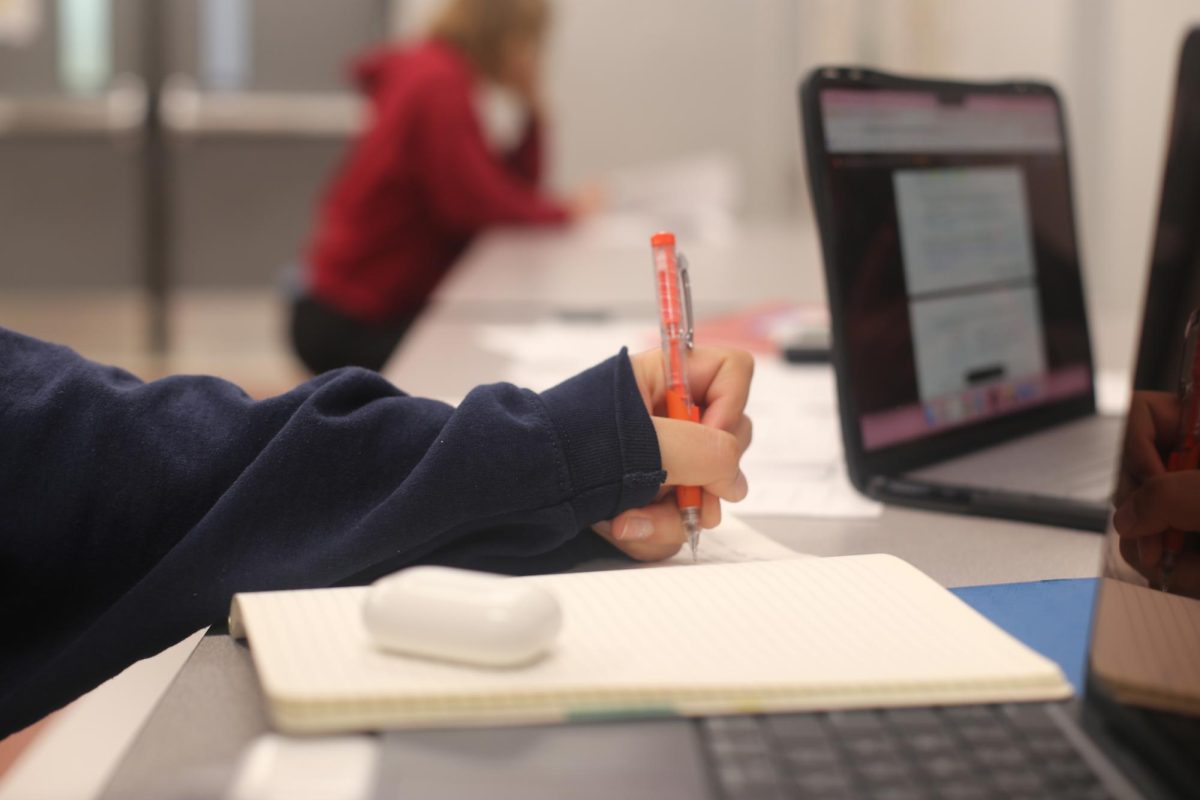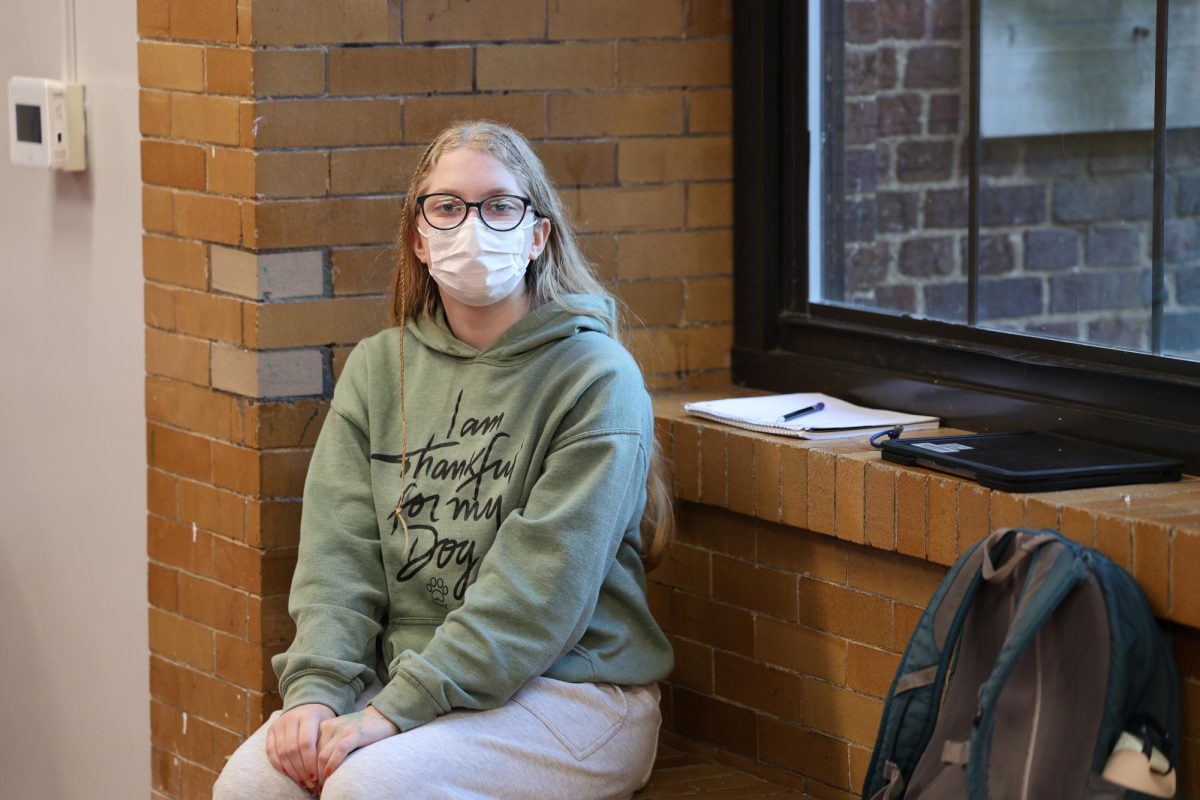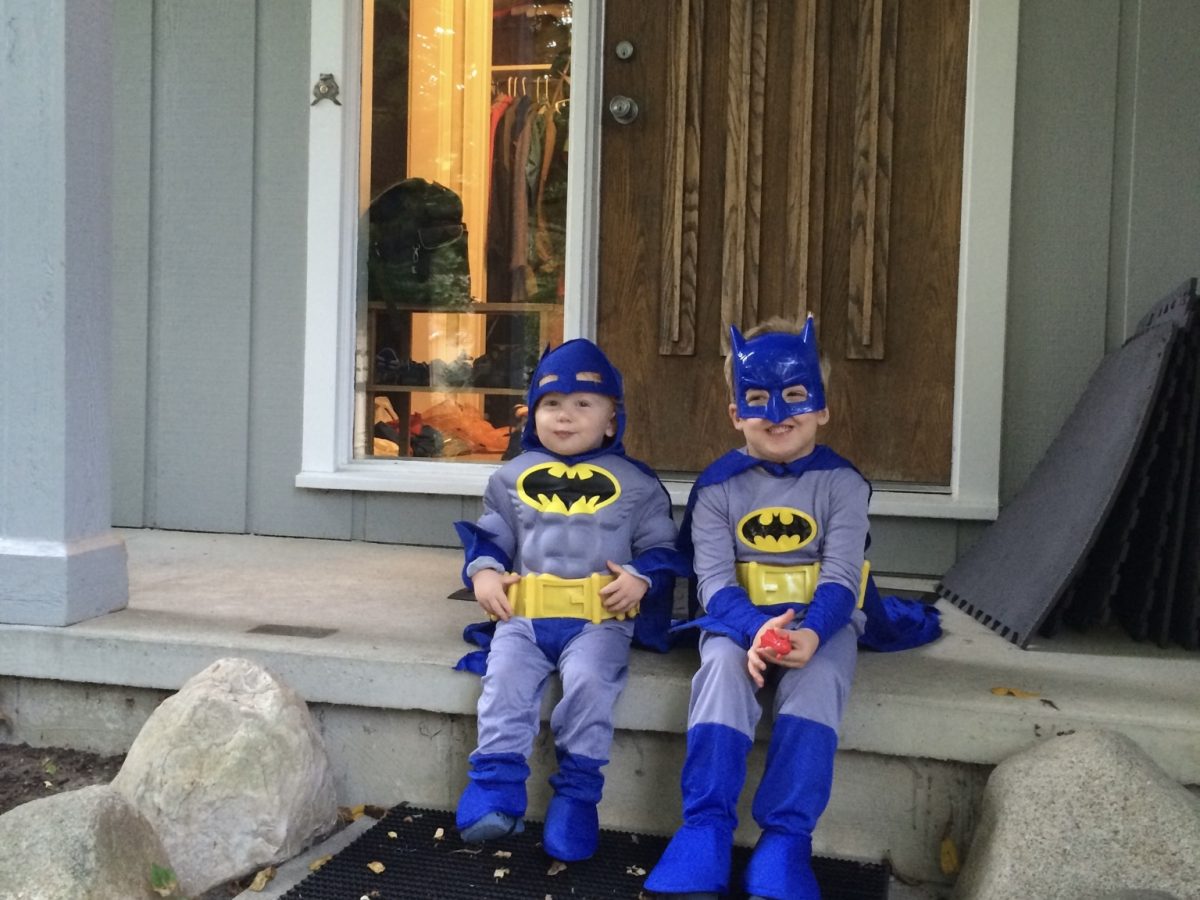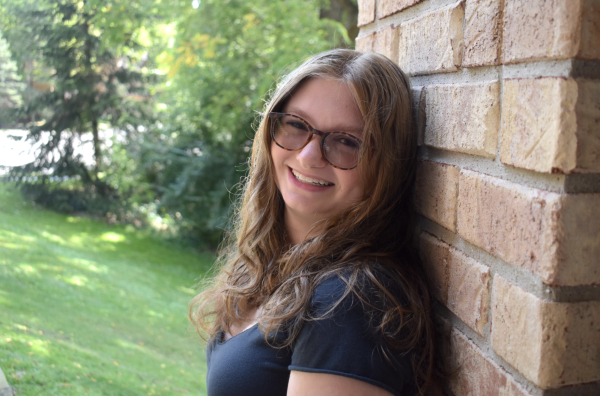Paige Plavnick argues that social media hinders the way we communicate in real life and negatively effects our relationships.
Even when my phone is in my pocket, my head is in a world full of likes, comments and shares. Before social media, we were able to communicate and connect with each other by simply having a face-to-face conversation, but now we rely on social media.
As a result of this, we are losing the ability to be able to have face-to-face conversations and diminishing our authentic, human connection.
As I walk through the halls, I watch as classmates are buried in the world of their phones. The constant scrolling through Instagram and the disruptive TikTok audios that I will never understand.
Growing up in my house, social media has never been the norm. The only time I spent on social media was looking over the shoulder of my friends. It is hard to make conversation with someone while they are always checking notifications on their phones.
Most of the time I feel like I am being overlooked. I will be interrupted mid-sentence by the buzz of a phone and them looking down to see the notification.
As teenagers are shielded by their screens and hidden behind social media, cyberbullying has become more common. Nina Tinney, a junior at CHS, has observed this phenomenon.
“When you’re behind your phone and in the comfort of your own home, people can just make fun of each other,” Tinney said.
This can harm the mental state of high school students and jeopardize connections with one another.
As we are becoming more and more addicted to social media and our screens, we are destroying our opportunities to engage with each other face-to-face.
Kelly Maveal, one of the counsel- ors at CHS and social worker, shares a similar perspective with this view.
Maveal strongly believes that the time that we spend on social media is interfering with the time that could be spent with other people. She has also experienced some negative side effects of social media firsthand.
“I’m seeing people less, I’m engaging with my community less, and as a result, I feel less motivated and in a lower mood,” Maveal said.
She also observed an interesting correlation with students who are more addicted to their phones and less interested in having real-life connections and conversations with people.
Maveal noticed how those students are the ones who tend to have both a harder time in school and in finding where they belong. She also argues that even though connections made through social media can feel rewarding at the time, in the long run, they don’t help with the feeling of loneliness or having a sense of belonging.
Growing up in a household that restricted social media use, I have learned how to cultivate genuine, in-person connections with others. I have watched as my friends spend all of their time on social media, only to later realize the scarcity of their in-person connections and interactions with others.
This leads to feelings of loneliness and a lack of sense of belonging.
Social media can become addicting and this causes it to turn into the default go-to whenever someone is bored.
Caitlin Smith, a sophomore at CHS, holds a similar point of view.
“When people have any free time, they just immediately go on their phone, which is sad,” Smith said.
Smith also spoke about how easy it is to get sucked in and spend an excess of time on social media.
As the world of social media begins to expand, it is becoming more and more crucial to sustain our real life connections with each other.
Even though social media connections can be good for a short period of time, real-life connections is what makes us feel like we belong and is what should be prioritized.
Mia Rubenstein argues that social media enhances how we communicate with each other by helping us stay in touch and strengthen relationships.
It had been weeks since I saw my friends’ faces. The small, dark storage room in the basement became my classroom. My siblings became my classmates. My parents became my teachers.
The COVID-19 pandemic completely altered how I connected with people. Social media had become one of the only ways to engage with friends.
“I think that social media is always kind of seen as a negative thing,” Rosie Matish said. “But, especially during COVID-19, it was a really nice way to stay connected and socialize with people who you wouldn’t usually talk to.”
Although this seems like an obvious example of how social media positively affects us, there are several other less obvious examples. Social media helps build people’s communities. It’s used to post about religious services, political protests, sports events, school dances and other social and academic happenings — communities are built in real life through social media.
In order for organizations to succeed in a community, they need to raise money. Social media can be used to raise money for schools, food and homeless shelters, religious institutions, hospitals and museums. Without these organizations, there are fewer ways to connect in real life.
Finding work and promoting
skills or talents in the real world is another positive outcome of social media. A high school calculus whiz can post their availability to tutor on social media, which could result in connecting with peers. Other postings could include babysitting, music lessons or photography shoots.
Life coach Laurie Greenberg, who works with small business managers to create clarity in their lives sees social media benefiting real-life connections.
“For my leadership clients, I think social media can be helpful because a lot of them use it for marketing,” Greenberg said. “It gets their business online and gets people aware of their business, especially for people who are just starting.”
Social media can be used in ad- vance of meeting face-to-face. I used Snapchat to meet a camp friend months before camp, and when I arrived, I already felt connected. Additionally, college-bound students often use social media to connect with potential roommates before heading to college.
“I think maybe for some people, it’s easier to connect [on social media] rather than in person, especial- ly when people are physically far apart,” licensed social worker and
psychotherapist Stoltz Favus said. Matish also uses various forms of social media to connect with others. “Well, I like to keep in touch with my friends,” Matish said. “It’s nice to know what’s going on in their lives.”
Greenberg expanded on the idea of connecting through social media with people who are distant.
“There are people that I haven’t seen in 20 years, but I kind of know what they’re doing because I follow them on Instagram or Facebook,” Greenberg said. “I think it’s really nice to be able to keep in touch with people.”
Social media can be an unproductive diversion from one’s daily routine if used without self-discipline, but it can be positive if it detracts minimally from time spent doing other more enriching activities. Stoltz Favus believes that practicing balance and understanding what the research shows about the negative side of social media is imperative.
“I would say that you can use social media in a better way when you curate what you see, versus following whatever Instagram or TikTok decide to show you,” Greenberg said.
Social media has a multitude of benefits, and when we can control ourselves and use it in moderation it can be an extremely valuable tool for connecting people in real life.




